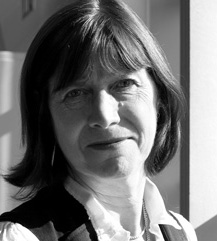Merging Design Council with Cabe could herald great opportunities

As Design Week went to press, the Design Council was poised to have its fate sealed, with reports of its merger with elements of the Commission for Architecture and the Built Environment due to be confirmed officially.
Details of the deal remain uncertain until the announcement is made, though it has already been confirmed that the council will change status from being a non-governmental organisation to become a charity. The gist is likely to be that the Design Council will merge its operations with aspects of Cabe, possibly operating jointly from the council’s offices in London’s Bow Street and sharing facilities.
At least the coalition Government rates design’s potential in boosting the UK’s commercial and social wellbeing sufficiently to retain the council as its advisor against a background of stringent cuts among quangos. But what has design to gain from a strong link with such an overtly architectural body as Cabe?
What has design to gain from a strong link with such an overtly architectural body as Cabe?
Sources point to a symmetry in approach and a shared concern with excellence – Cabe is architecture’s arbiter of good design, among other things. And then there is the fact that boundaries are increasingly blurred between architecture and design across interiors and other 3D design areas. The split between the two sectors is largely professional and relates to qualification systems, rather than necessarily the work.
What Cabe has that the council lacks is a national network. There are moves in design to make design representation a national affair, a notion voiced in this issue by South West Design Forum activist Roger Proctor (see Insight, page 38). We can expect similar ideas to be aired elsewhere as the dust settles on the Design Council/Cabe merger.
We could be entering a time when great opportunities for design come out of adversity. Let’s hope those in a position to do so have the vision and temerity to seize them.
-
Post a comment




